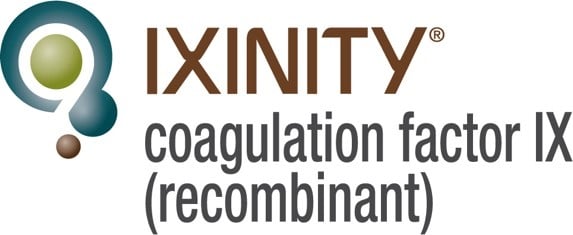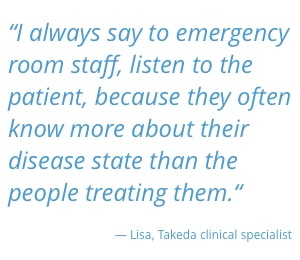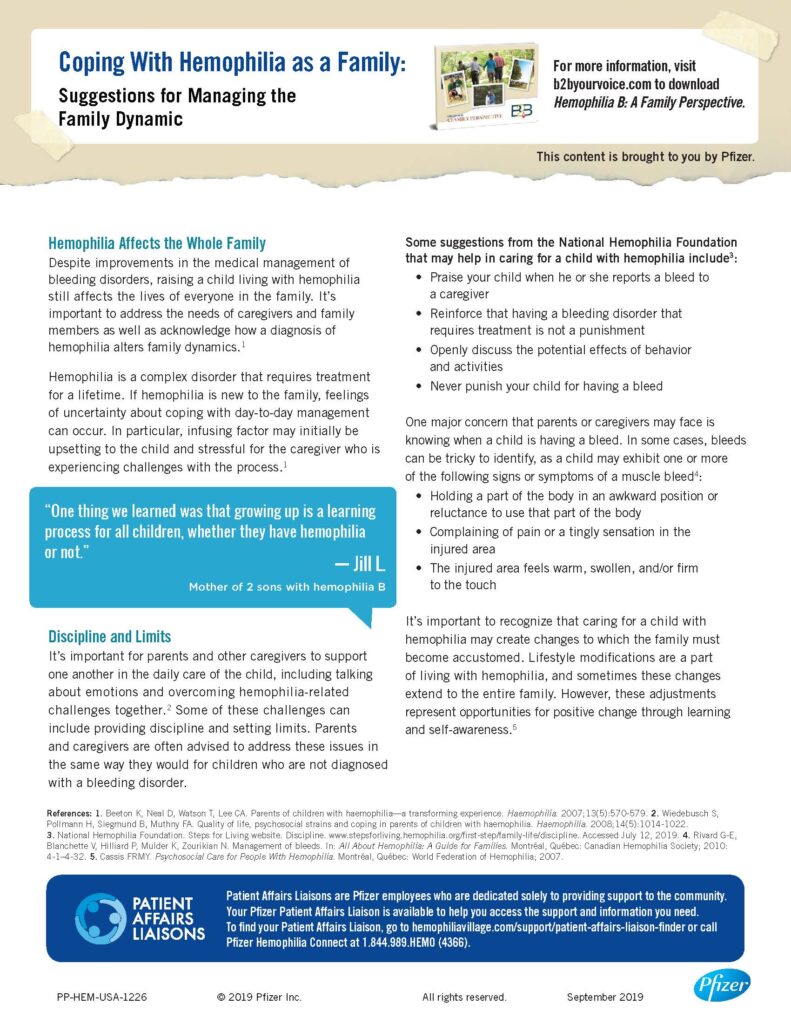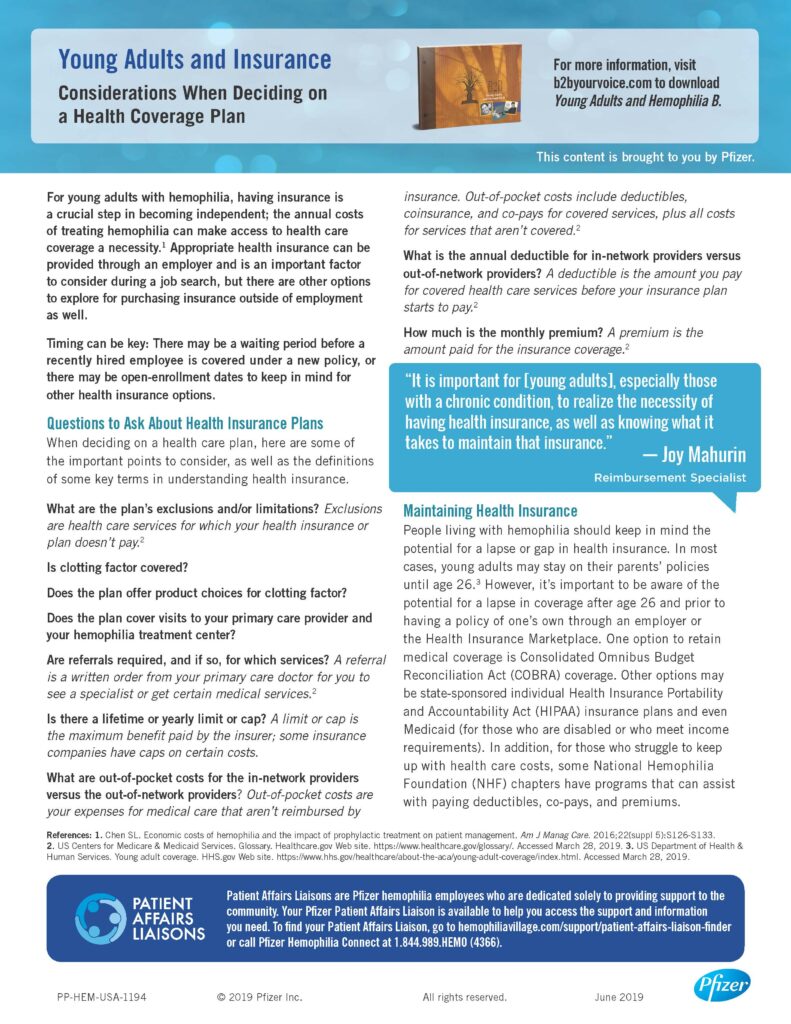Women, the community, and hemophilia B
Our community members often identify themselves by the type of bleeding disorder they have, or by the treatment they are on. But it’s important to remember that there are family members and professional caregivers who care for them, who are sometimes patients themselves. Take a moment to show gratitude for the people who help hold everything together. Please read the public-service message below from Medexus, to see what one company is doing to honor women in our community.
Here’s what’s happening in the hemophilia B space!
Medexus Pharma, the people behind IXINITY® [coagulation factor IX (recombinant)], has launched a webpage specifically to honor the remarkable women they are calling the Heroines of Hemophilia B. These are women who advocate for themselves—as women with hemophilia B—or have made an impact lending their support to others.
The work women do as healthcare professionals is absolutely essential. And many times, the key provider of care in the family setting is also a woman. Then there are the women who have hemophilia B. As a patient population, these women are often overlooked. It’s time they got the care and support they deserve.
One of the great things about the Heroines of Hemophilia page is that it gives you a way to show your gratitude by nominating someone in your life. If you know of a woman who has courageously taken a stand to advocate for herself, or gone over and above in the care of someone else, go to www.HeroinesofHemophiliaB.com and nominate her as a Heroine of Hemophilia B.
This is a community in every sense of the word. Here’s a way to show to it.
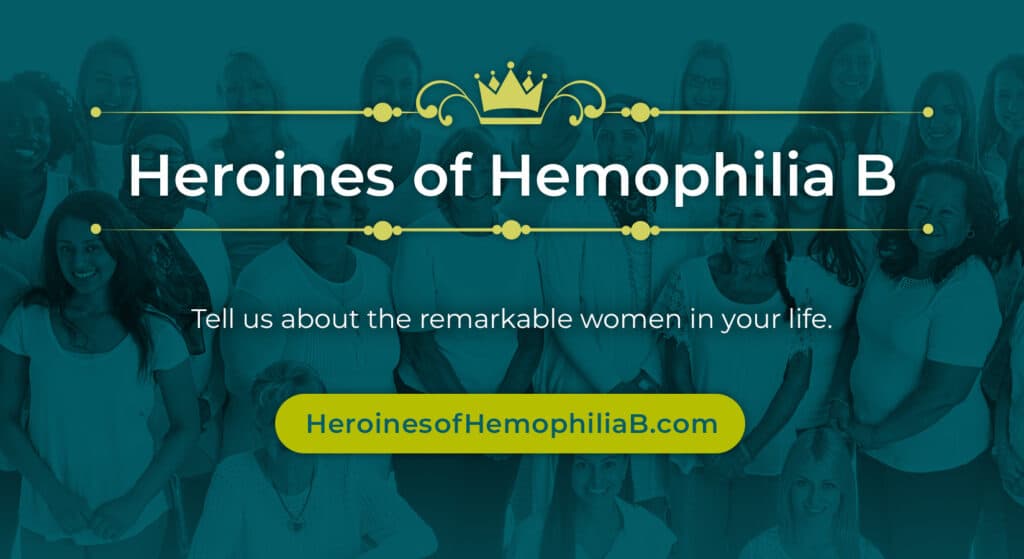
INDICATIONS AND IMPORTANT SAFETY INFORMATION
What is IXINITY®?
IXINITY [coagulation factor IX (recombinant)] is a medicine used to replace clotting factor (factor IX) that is missing in adults and children at least 12 years of age with hemophilia B. Hemophilia B is also called congenital factor IX deficiency or Christmas disease. Hemophilia B is an inherited bleeding disorder that prevents clotting. For children and adults, your healthcare provider may give you IXINITY for on demand treatment to prevent bleeding episodes or when you have surgery. For adults, your healthcare provider may also give you IXINITY for routine prophylaxis.
IXINITY is not indicated for induction of immune tolerance in patients with hemophilia B.
IMPORTANT SAFETY INFORMATION for IXINITY
- You should not use IXINITY if you are allergic to hamsters or any ingredients in IXINITY.
- You should tell your healthcare provider if you have or have had medical problems, take any medicines, including prescription and non-prescription medicines, such as over-the-counter medicines, supplements, or herbal remedies, have any allergies, including allergies to hamsters, are nursing, are pregnant or planning to become pregnant, or have been told that you have inhibitors to factor IX.
- You can experience an allergic reaction to IXINITY. Contact your healthcare provider or get emergency treatment right away if you develop a rash or hives, itching, tightness of the throat, chest pain, or tightness, difficulty breathing, lightheadedness, dizziness, nausea, or fainting.
- Your body may form inhibitors to IXINITY. An inhibitor is part of the body’s defense system. If you develop inhibitors, it may prevent IXINITY from working properly. Consult with your healthcare provider to make sure you are carefully monitored with blood tests for development of inhibitors to IXINITY.
- If you have risk factors for developing blood clots, the use of IXINITY may increase the risk of abnormal blood clots.
- Call your healthcare provider right away about any side effects that bother you or do not go away, or if your bleeding does not stop after taking IXINITY.
- The most common side effect that was reported with IXINITY during clinical trials was headache.
- These are not all the side effects possible with IXINITY. You can ask your healthcare provider for information that is written for healthcare professionals.
For more information about IXINITY, please see full Prescribing Information, including Important Patient Information.
You are encouraged to report adverse events related to Medexus Pharma products by calling 1-877-215-2297. If you prefer, you may contact the Food and Drug Administration directly. Visit www.fda.gov/medwatch, or call 1-800-FDA-1088.

